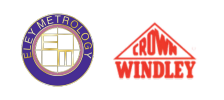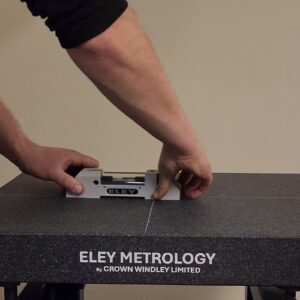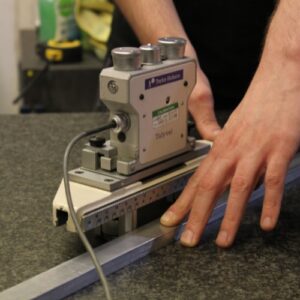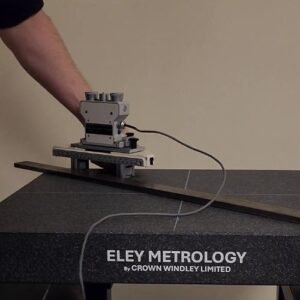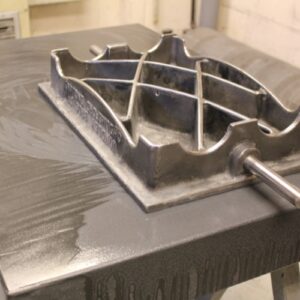With more than 40 years of experience in manufacturing metrology products, Eley Metrology is the UK’s leading specialist in granite metrology products. We understand that maintaining the accuracy of your measuring equipment is essential to your quality control processes and overall productivity.
Our team of highly skilled engineers provide comprehensive calibration and resurfacing services for all sizes and grades of granite surface plates and tables. We also calibrate granite parallels, master squares and master straight edges to ensure your complete metrology setup maintains its precision.
When you choose Eley Metrology, you benefit from our expertise in hand-lapping your granite back to original specification in accordance with BS817 (2008), all supported by a UKAS certificate of calibration.
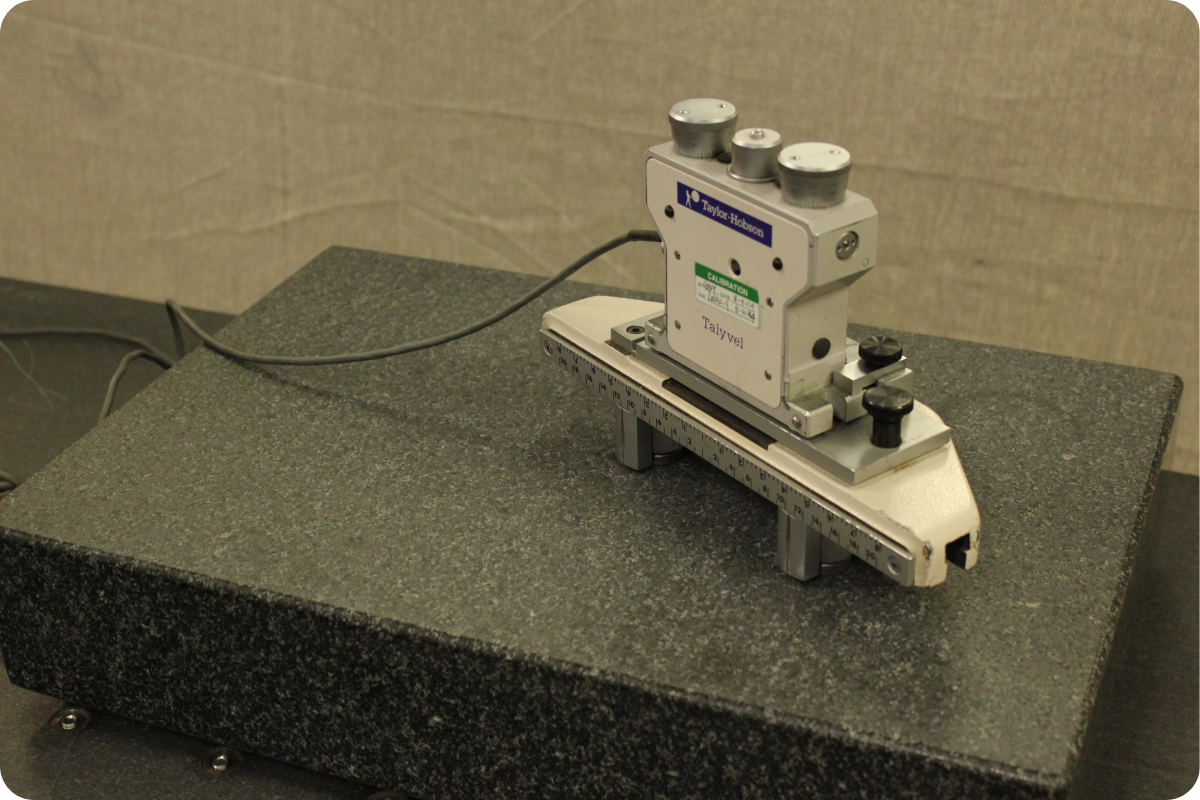
-
UKAS Accredited Laboratory (No 30213)
-
Over 40 Years Of Experience
-
On-Site Services to Reduce Downtime
-
UKAS Certificate of Calibrationn
-
Hand-lapping by Skilled Engineer
FREE Surface Plate Calibration
To ensure your granite surface plates continue to provide accurate measurement results, we are offering FREE calibration on all surface plates and tables in accordance with BS 817 (2008).
If your plate or table falls below the desired grade, our specialist engineers can offer on-site resurfacing. We will clearly communicate the cost of this work to bring your equipment back to the desired grade before any work commences.
Please contact us today to schedule your FREE calibration
View our terms and conditions here.
Our Comprehensive Calibration Process
Our specialists bring years of expertise to the calibration of your granite surface plates. The process includes:
Thorough Assessment - evaluating the current condition of your surface plate
Precision Measurement - using advanced equipment to identify deviations
Expert Hand-Lapping - carefully restoring the surface to original specifications
Final Verification - confirming the plate meets the required grade
Certification - providing UKAS-accredited documentation of compliance
Depending on the size of your plate and your workshop requirements, our calibration specialists can service plates on location or at our UKAS-accredited laboratory.
Why is Granite Surface Plate Calibration Important for Your Business?
Surface plates change over time. The more your granite surface plates are used, the more they change with wear and tear, making accurate measurement increasingly challenging. Regular calibration helps manage the effects of wear and optimises the longevity of your graded surface.
Regular scheduled specialised calibration of your surface plates and tables helps to:
Maintain measurement accuracy critical to your quality control
Extend the life of your valuable metrology equipment
Reduce errors and rework in your manufacturing processes
Meet quality assurance requirements and maintain compliance with industry standards
Protect your investment in precision measuring equipment
Maintaining Your Granite Surface Plates Between Calibrations
To protect your investment and extend the time between formal calibrations, we recommend these maintenance practices:
Only Use a Granite Surface Plate for Measurement
Your granite surface plate is a precision measuring tool. Using it for storage or resting food and drinks can cause wear and staining, which can lead to incorrect measurements. We recommend covering your surface plate when it is not in use to preserve its calibration and maintain measurement accuracy.
Use Different Parts of the Granite Surface Plate
Regularly changing the workpiece location helps distribute wear evenly across your surface plate. Our team can advise on rotation systems or specialised apparatus to safely move and position heavy plates.
Avoid Overloads or Scratches
Minimise impacts and spread loads over a wide area, not at a single point. Resting flat edges on the surface plate protects the material while stabilising the workpiece and maintaining your surface plate’s calibration.
Contact Our Expert Team Today
If you’d like more information about our Granite Surface Plate Calibration and Resurfacing services, our team is available to help you find the perfect solution for your metrology needs.

